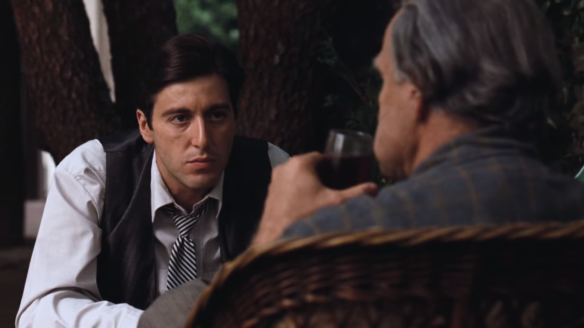 This is my entry in The CMBA Spring Blogathon: Big Stars on the Small Screen
This is my entry in The CMBA Spring Blogathon: Big Stars on the Small Screen
There are several more recent late-night hosts like Stephen Colbert or Conan O’Brien who have managed to use the truncated form (and podcasts) to try and go deeper with guests beyond surface-level pleasantries. Colbert even had Dick Cavett on his show, and I’m sure he’s not the only one.
However, as I’ve pored over more and more of his interviews over on Youtube, it feels like Dick Cavett was often the gold standard for lengthier, in-depth discussions will all sorts of talents and luminaries. He had several Beatles on his show, boxing champions, prominent thinkers, along with plenty of Classic Hollywood talent. And his show in its various forms acted as a representation of the dying art of the extended interview.
Cavett’s gift seemed to be his capacity to somehow straddle two worlds. He was an intellectual with a dry comic wit, but also a midwesterner who dressed mostly innocuously and came off unassuming. He looked establishment and yet crammed his shows full of personalities like Janis Joplin and Muhammad Ali.
Often the pairing of his guests seems downright peculiar (ie. Joplin and Raquel Welch for one). However, when he was given the opportunity to sit down with one individual and have a conversation, there were often some wonderful tidbits that came out in the process. And he has a non-grating style of asking the questions we want to know without making them sound totally asinine. He also normally took time to listen.
It does feel like he sits down, not for an interview, but for a chat with a friend. And in some cases, people like Groucho and Brando became his friends in real life even as he did his best to coax answers out of the most reticent guests by making them feel comfortable.
I could spend a significant amount of time just discussing some of the directors he had on his show like Alfred Hitchcock, Orson Welles, even Frank Capra, but I thought I would focus on a handful of the stars. Here we go:
Groucho Marx (1969 and 71):
Cavett was quick to praise Groucho as one of his heroes, and it’s fun to watch them together full of laughter but also genuine affection. You can tell the appreciation is mutual between them and it makes the discussions lively.
One anecdote involves Groucho’s encounter with Greta Garbo in the elevator. Not seeing who it was, he pulled her hat brim way down over her head, and when she gave him a withering look, he apologized and said, “I’m terribly sorry, I thought you were a fellow I knew in Kansas City.” That’s Groucho to a tee.
In one candid moment, Groucho says he doesn’t read the news anymore before bed because it’s just a remake of what he’s been hearing all day. It goes to show there’s nothing new under the sun or in the news cycle.
Fred Astaire (1970 and 71):
This is a lovely set of interviews. Astaire is quick to deflect praise and mentions how he doesn’t like watching his old movies because he’s always thinking about how he could do it better. He also provides some insight on a few of his numbers from films like Funny Face. It turns out he’s still got it and besides dancing with Dick, he does a seated rendition of “A Fine Romance” much to the audience’s jubilation.
It turns out his grandson likes the Beatles, and Astaire even owns some of their records himself. On top of his career as a dancer (or “hoofer”), he wrote quite a few songs of his own. I recall seeing him do a rendition of his composition “City of the Angels,” but I could not find it anywhere online.
Robert Mitchum (1971)
Mitchum is an actor I’ve grown to admire over the years, and Cavett makes a point of acknowledging he was known in Hollywood as a tough interview. However, he’s surprisingly forthcoming. He talks about his school years, his time in a southern chain gang, his famous drug bust, and also insomnia.
He recounts sitting in on a Hopalong Cassidy movie with his wife early in his career and eavesdropping on a lady saying, “That is the most immoral face I’ve ever seen!” He made a career out of it starting as a “mule” for RKO as he called it. Since the air date is around Ryan’s Daughter’s release, he also mentions an experience when he was in Ireland with Richard Harris, and he got in an altercation with a local who mistook Mitchum for Kirk Douglas! Otherwise, I’m impressed by his use of words like convivial and peregrination.
Bette Davis (1971)
Bette Davis is such a vibrant personality, and she regales the audience with her early career, her battles with Warner Bros, and how she ties into Gone With The Wind lore. She calls Eroll Flynn the most beautiful man to ever live, and the most charming, but in her estimation, he could not have played Rhett Butler.
She also shares how she perceives Now, Voyager would have developed after the credits, in that her protagonist would have ultimately ended up with Claud Rains’ character because he had a strength perhaps missing from Paul Heinreid. Davis talks more about her friendship with Rains — a man she called “witty, amusing, and beautiful.” She even takes time to mention her most repulsive screen kiss with an actor who (in 1971) was still alive and therefore left nameless. Although she is quick to praise some English actors including Richard Harris and Dirk Bogarde.
Marlon Brando (1973)
Marlon Brando feels like another person who was notoriously difficult to pin down. Here he’s quite candid about his thoughts on racism against minorities and, at the time, the quite controversial boycott of the Academy Awards.
When Cavett tries to talk about acting style, Brando makes the case that all human beings are acting all the time in life just to survive. Cavett’s trying to get at how what Brando does is far and away from what anybody else can manage, but perhaps it’s semantics.
Brando goes on to say that acting is a good business — a worthy craft — but he doesn’t think of it in terms of art like other people. It’s intriguing since many would laud him for being a part of some of the most artistic production of the 20th century. (Side note: Brando uses the word “inured” which I thought was pretty impressive).
Katharine Hepburn (1973)
Like Bette Davis, Katharine Hepurn was considered for Gone With The Wind as she had working relationships with the producer David O. Selznick and the original director George Cukor. She and Cavett also spend some time talking about Humphrey Bogart, and Hepburn says he was a gent with good manners and completely different than his persona. She said Spencer Tracy always seemed a bit uncomfortable as a man being a professional actor, but Bogey seemed to love it and be proud of his job.
She calls the movie business thrilling, but she had no interest in immortality or people remembering her in the year 2050. As we’re now only a couple decades away, I can say that people certainly will remember stars such as her, and we’re thankful for their movies and interviews like these to help keep their stories alive for ensuing generations. I count myself among this lucky group who can reap the benefit of this readily available visual history both on the big and small screen.
For fun, I wanted to make a list of their films including my personal favorites. In no particular order off the top of my head these were my choices:
–Duck Soup (1933)
–Night at The Opera (1935)
–Swing Time (1936)
–The Band Wagon (1953)
-Out of The Past (1947)
-Night of The Hunter (1955)
-The Little Foxes (1941)
–All About Eve (1950)
–The Godfather (1972)
–On The Waterfront (1954)
–Philadelphia Story (1940)
–The African Queen (1951)















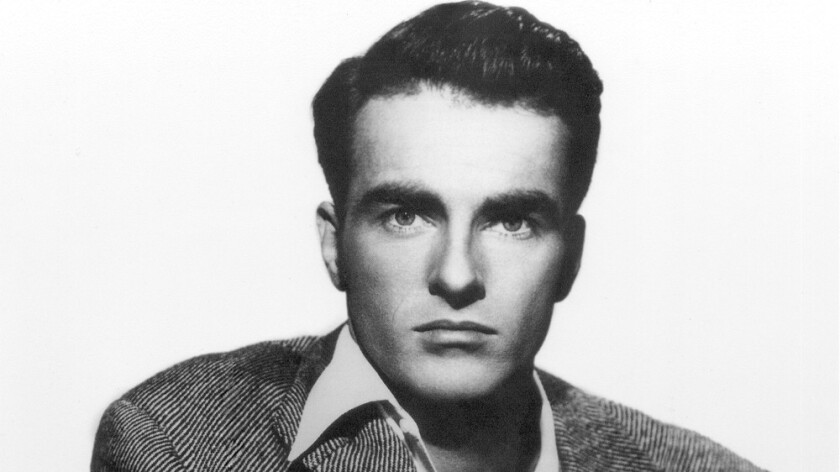
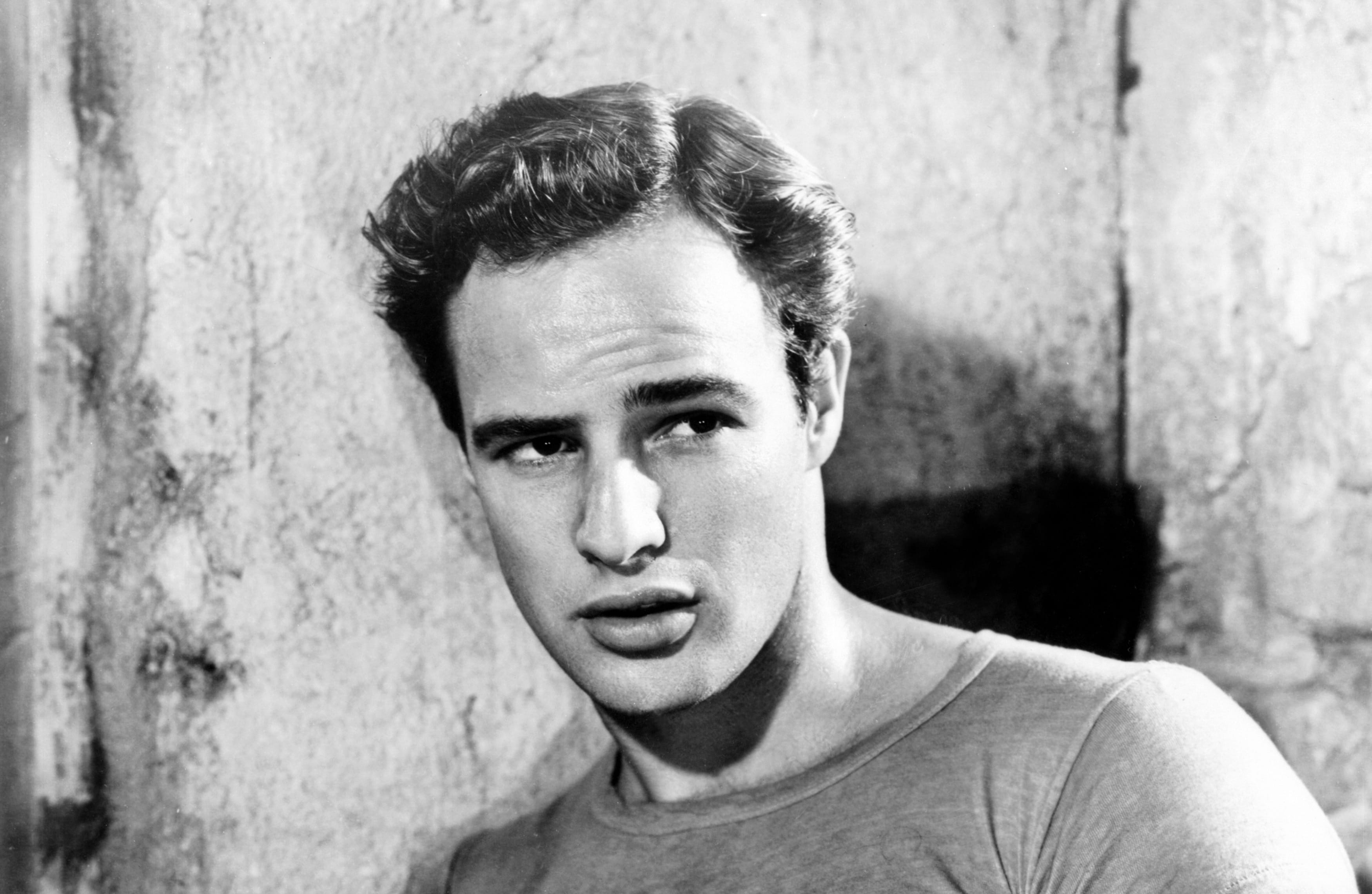
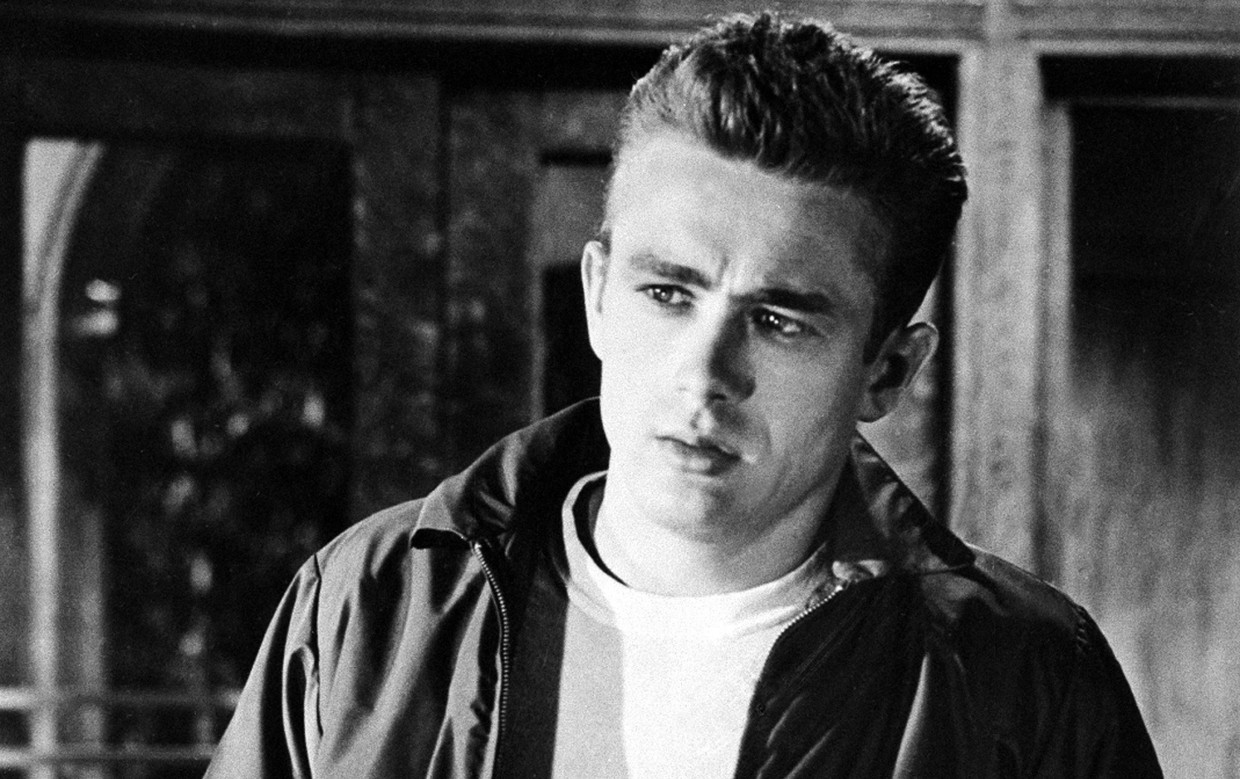
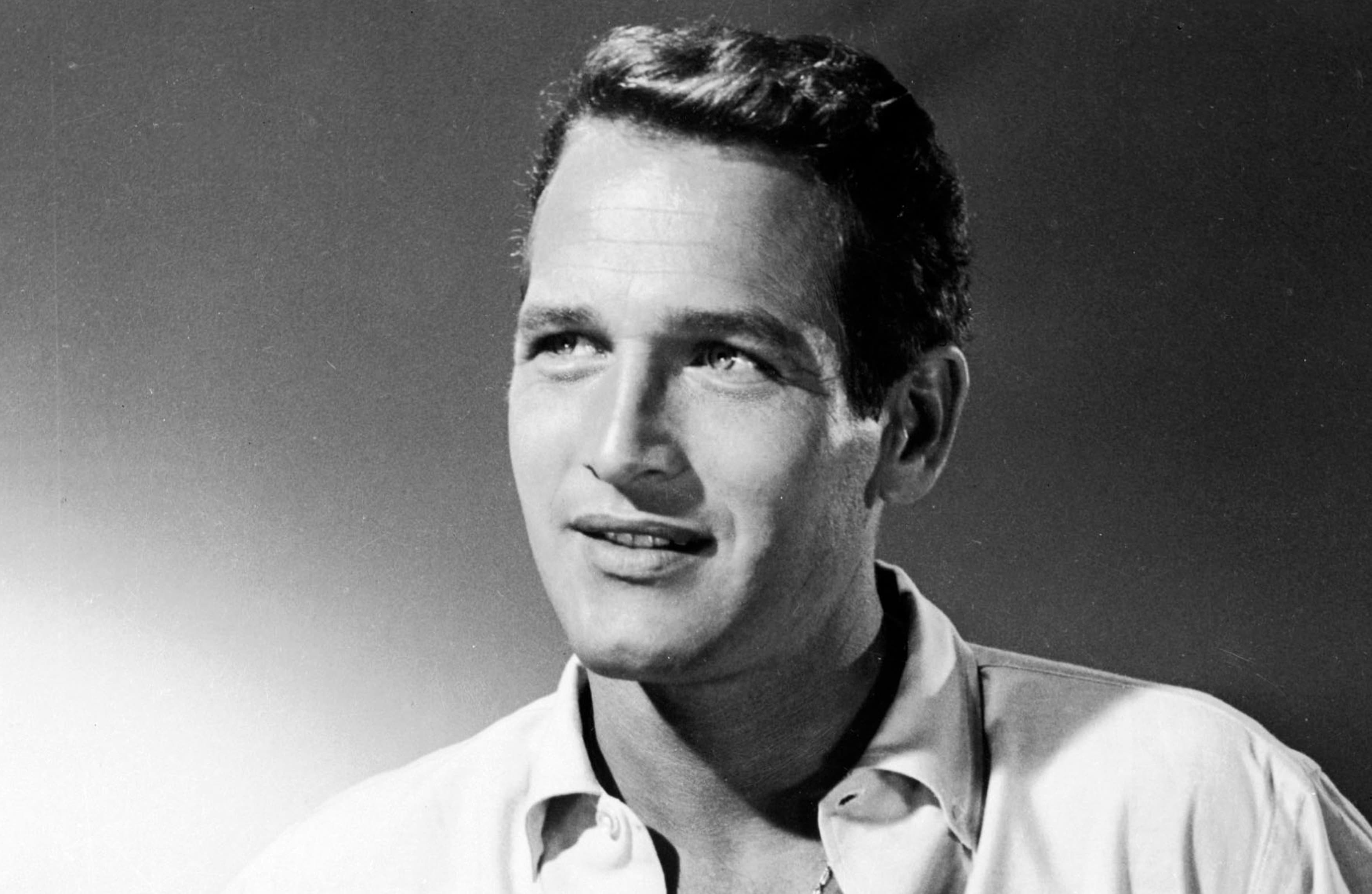

 Blanche Dubois and Stanley Kowalski. They’re both so iconic not simply in the lore of cinema history but literature and American culture in general. It’s difficult to know exactly what to do with them. Stanley Kowalski the archetypical chauvinistic beast. Driven by anger, prone to abuse, and a mega slob in a bulging t-shirt who also happens to be a hardline adherent to the Napoleonic Codes. But then there’s Blanche, the fragile, flittering, self-conscious southern belle driven to the brink of insanity by her own efforts to maintain her epicurean facade. They’re larger than life figures.
Blanche Dubois and Stanley Kowalski. They’re both so iconic not simply in the lore of cinema history but literature and American culture in general. It’s difficult to know exactly what to do with them. Stanley Kowalski the archetypical chauvinistic beast. Driven by anger, prone to abuse, and a mega slob in a bulging t-shirt who also happens to be a hardline adherent to the Napoleonic Codes. But then there’s Blanche, the fragile, flittering, self-conscious southern belle driven to the brink of insanity by her own efforts to maintain her epicurean facade. They’re larger than life figures.

